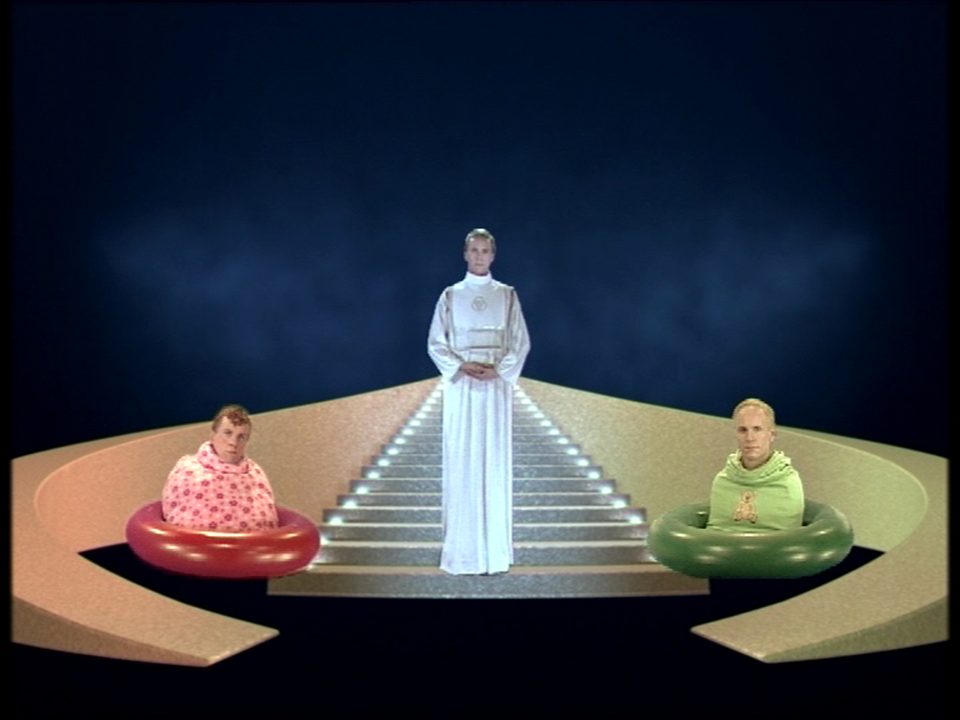In a blog series we present four video works from the exhibition "Brainwashed" in more detail. In short interviews we talked to the four artists about the background and current references of the work shown in the exhibition. In addition to these exciting answers and the video work itself, for the first time they have also provided us with additional material that has inspired their work and which tells us more about the artists' very different ways of working.
The German-Norwegian artist Bjørn Melhus has always explored media-critical global perspectives in his work. He uses both familiar and unfamiliar figures from film and television, often slipping into their roles himself. Using this artistic practice, he reveals manipulative strategies, which continue to reflect the relationship between mass media and viewers to our present day.
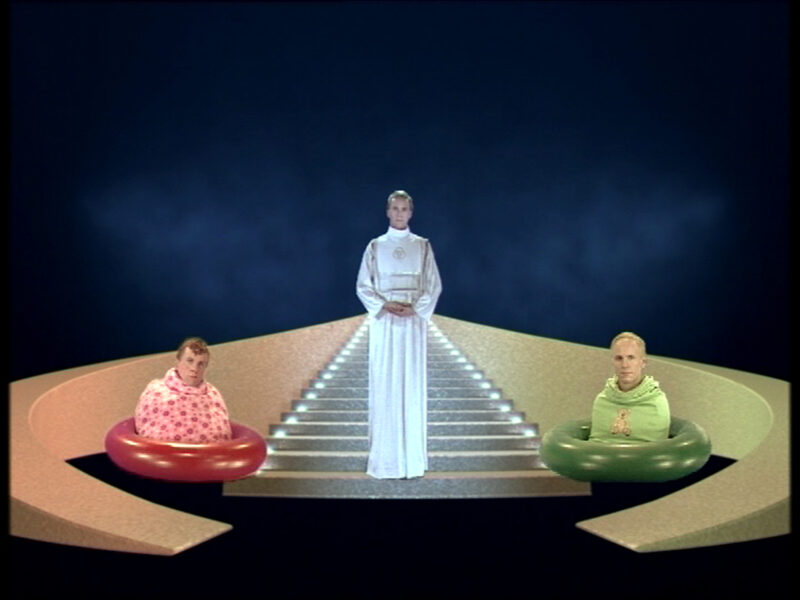
In The Oral Thing, Bjørn Melhus plays the host of a staged talk show, in which he is confronted by his own clones. The two siblings speak with children’s voices, and their statements could be taken from an average American family talk show, in which private conflicts are publicly discussed. Both the guests and the host constantly repeat themselves — the recurring question-and-answer practice is reminiscent of certain concepts of psychological manipulation. With his clothing and habitus, Melhus takes on the role of a daunting saviour.
Inspired by the phenomenon of reality television, the aim is to suggest to the viewers a form of identification by means of everyday human problems and to establish a personal, emotional connection to the respective TV format. Melhus has chosen the ironic self-dramatisation as a preacher, who presents his guests only for the purpose of entertainment, in order to deconstruct reality television as such. He satirises its strategies by letting them fall on stony ground: The talk show ends abruptly without a conciliatory finale.
Questions to the artist Bjørn Melhus
Haus der Kunst: In which context was this work developed? What did motivate you to realize the work?
Bjørn Melhus: Since my first extended stay in the USA in the 1990s, I have been exploring the TV entertainment format of “daytime talk shows”. These consist of panel discussions in which candidates make grotesque confessions, talk about their sexual practices or debate paternity tests. In contrast to prime time shows, which are broadcast in the evening, these television programs are aired during the day to fill the time between the advertising blocks with entertainment. Both fascinated and disgusted by the format, I then delved deeper into the history and various structures. Based on numerous recordings from American television, I then concentrated on various episodes of a show from which I quoted the audio material but restructured it to create a new narrative that reflects the format itself as well as its psychology. As in many of my other works, I played all the characters myself. One reason was also the challenge of this remodelling or transformation.
Haus der Kunst: What does this work mean to you?
Bjørn Melhus: The Oral Thing still means a lot to me, even after 20 years. It is now a document of the times - but yet still very topical. About five years after the work’s completion, I was an audience member on one of the shows from which I had quoted audio material. It was an odd feeling to experience not only the grotesque brainwashing but also the reality of the production as well, including a roaring audience that was ultimately rewarded with pizza at the end.
Haus der Kunst: What meaning implies Brainwashed in our media age nowadays?
Bjørn Melhus: Viewed in retrospect, the time in which the work was created was still a long way off from our present media presence. Although so-called social media had not yet been invented, the plunge into the depths, the constant ‘entertainmentalization’ of everyday life, all this already existed back then. But what we are currently experiencing in the media, especially fueled by the worldwide state of emergency and lockdown, is both spectacular and disturbing. Another quantum leap into the medialization of the social, with all its different narratives, some of which can certainly be called brainwashed.
Curator Jana Baumann explains:
Bjørn Melhus’ work The Oral Thing provided one of the main inspirations for the exhibition’s concept. His fascinating artistic practice of self-staging – in which he embodies the individual protagonists – allows us to participate in an intriguing and enlightening transformation. The artist’s precisely staged video work depicts a high point in the television age at the turn of the millennium. In retrospect, the work also appears to be an omen for the total medialization of our daily life, which is pervaded by manipulative interests, whether these be in a commercial or political context. By sharing his sketches with us, Melhus lets us partake in the meticulously planned dramaturgical processes of his film production. In his studies, he records carefully thought-out sequences of sketched facial expressions of his protagonists that accompany the short dialogues, in the style of a sharp exchange of words. The backstage photographs of him in dazzling outfits testify to the glamor and double-edged promises of a media landscape.
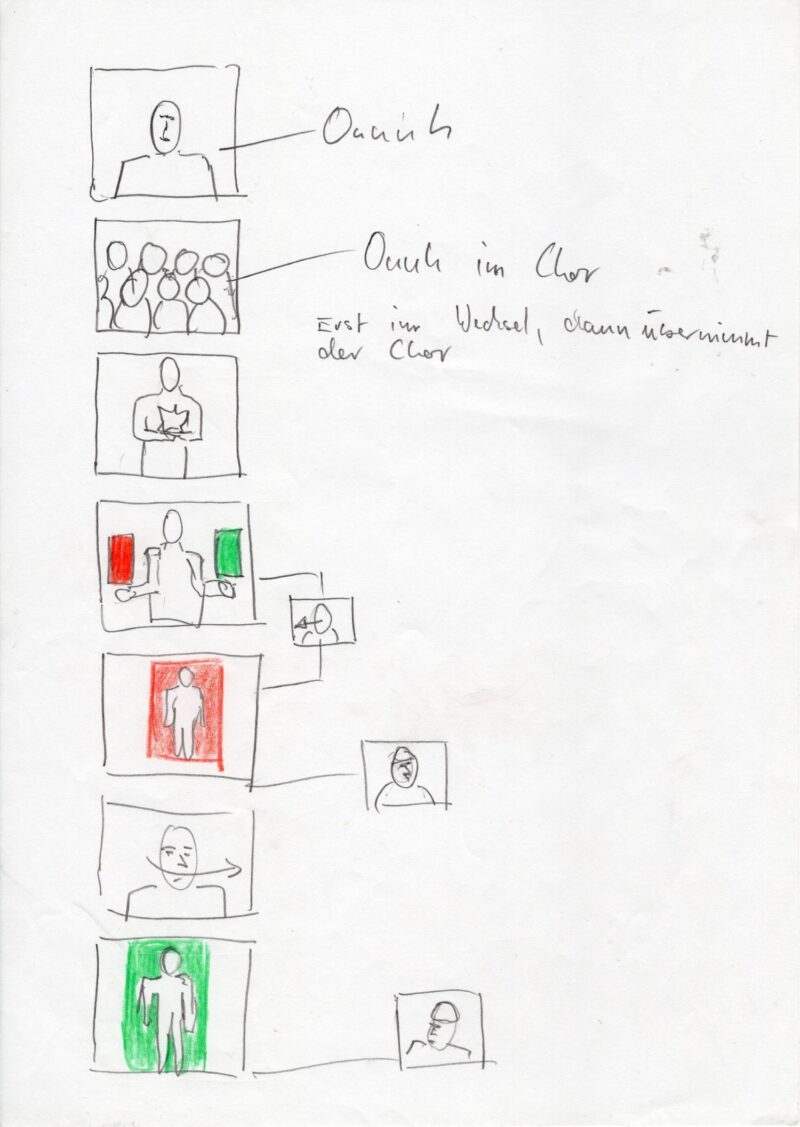
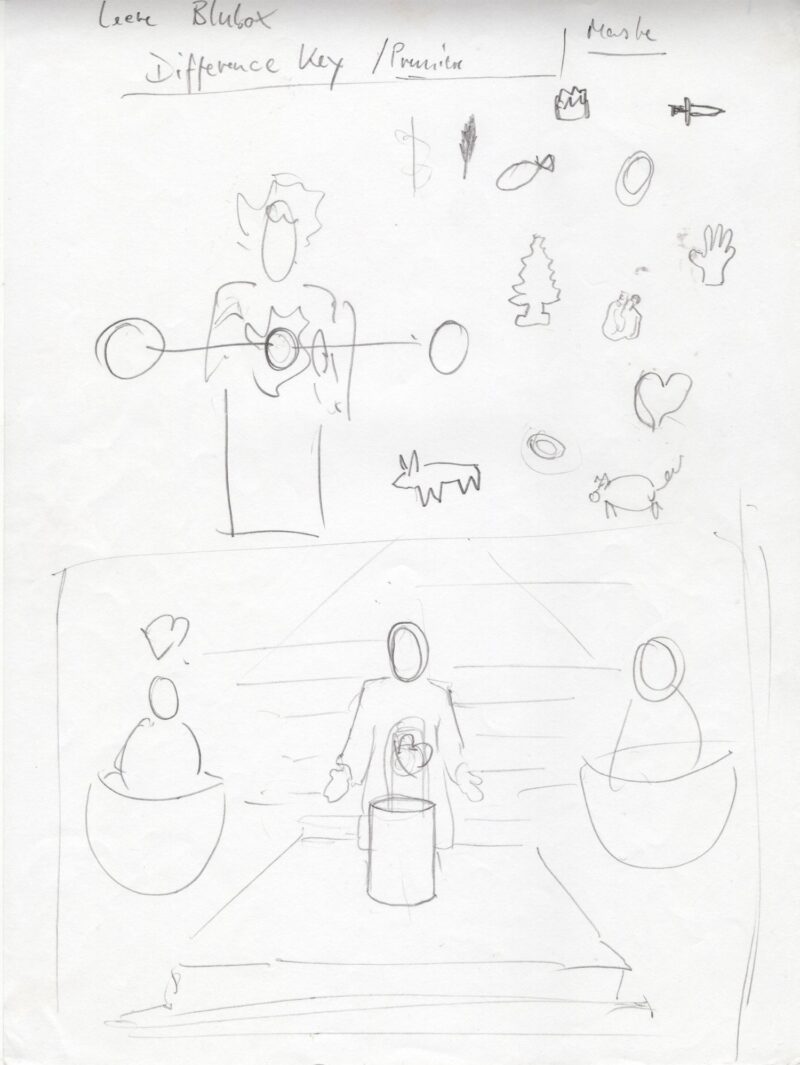
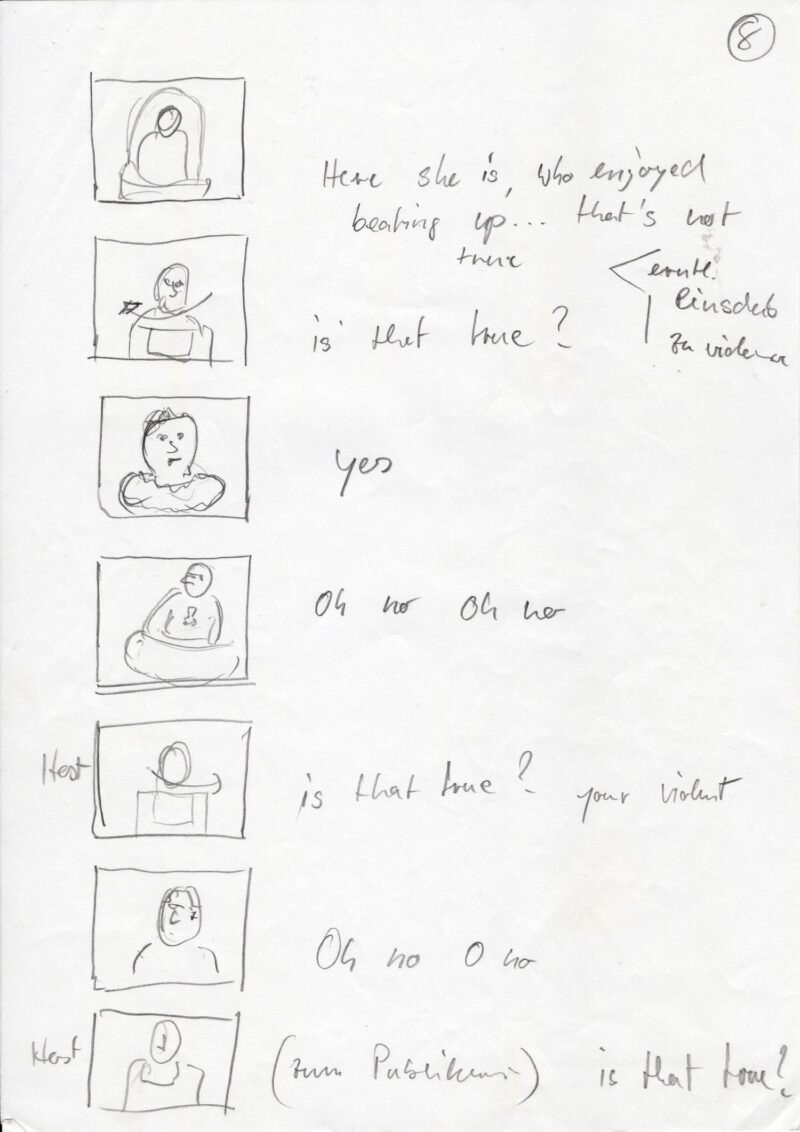
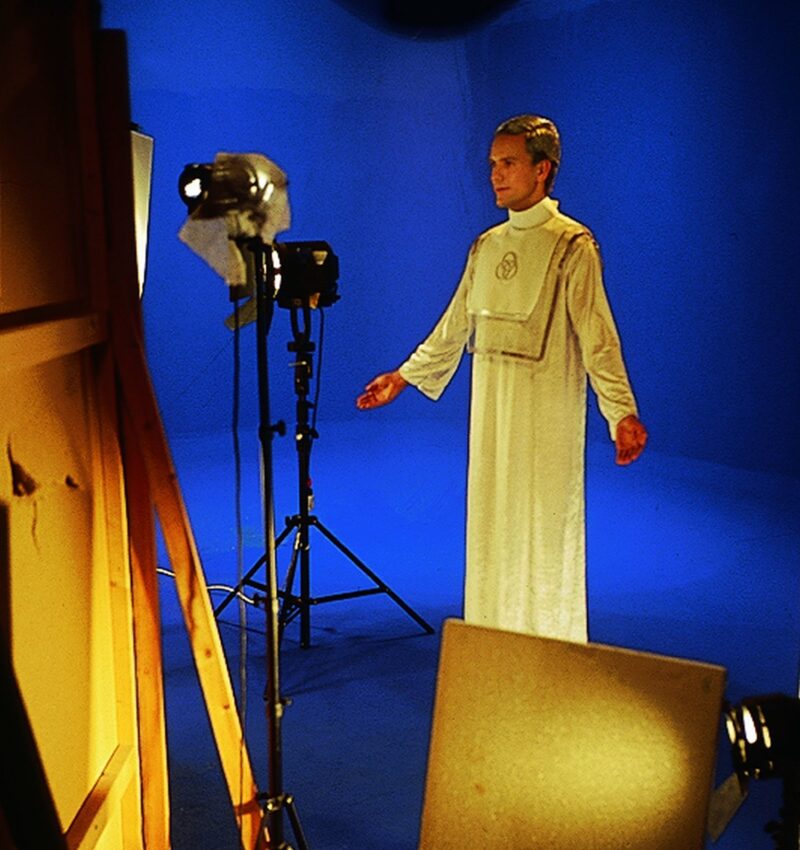
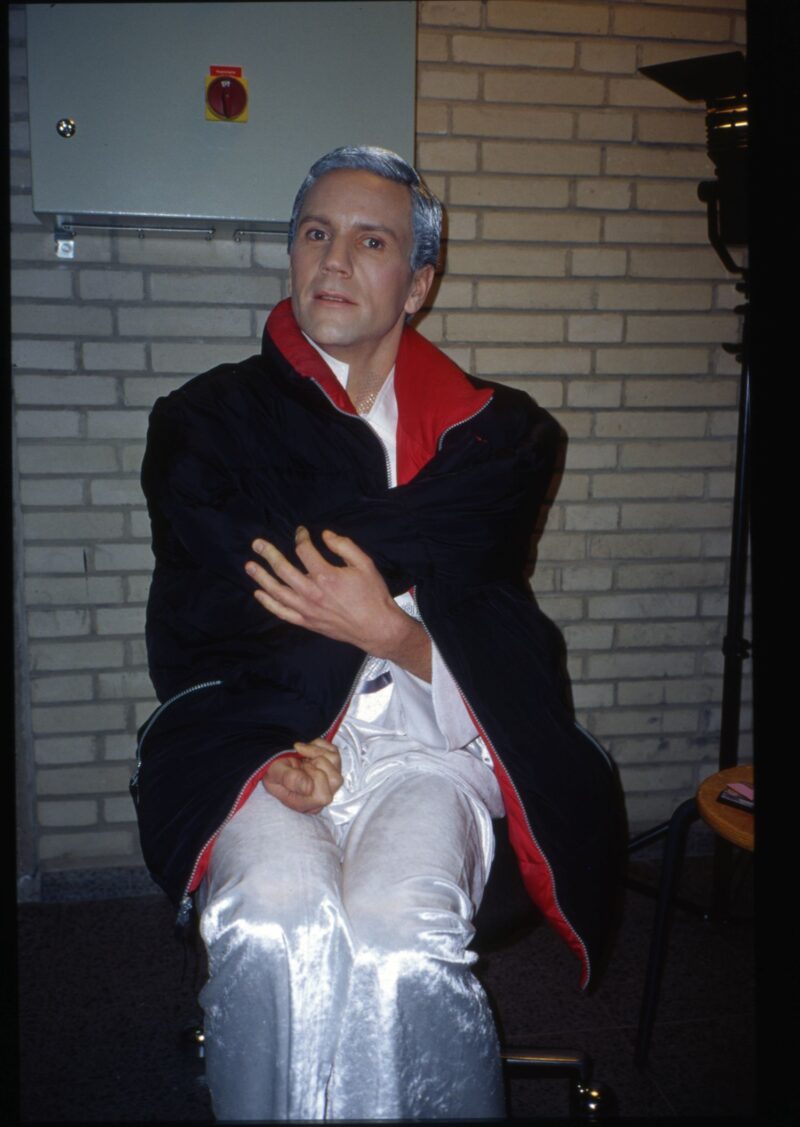
The Oral Thing by Bjørn Melhus is currently part of the "Brainwashed" exhibition of the Sammlung Goetz at Haus der Kunst.
